Norwegian School
Study of a Woman in Profile, Circa 1910
Oil on panel
60.5 x 50 cm
Signed lower right
Heiberg completed his secondary studies in Hamar in 1903. He studied at the Royal School of drawing (Den Kongelige Tegneskole) in Kristiania from 1903 to 1904, and in Munich from 1904 to 1905. He studied at the Académie Colarossi in Paris in 1905. After a stay in Kristiania, he returned to Paris and was a student of 'Henri Matisse from 1908 to 1910. After his marriage in 1913, the couple stayed in Rome and Florence the following year. Heiberg's paintings include Boksekamp from 1910 and Enken from 1915, both in the National Gallery of Norway. Other paintings include Mor og barn and Eftasvæl, both from 1916. His self-portrait Selvportrett ved staffeliet is also in the National Gallery. He is represented in the National Gallery with a total of 30 paintings and several sculptures. His bronze sculptures include Helge, from 1925, and Hode, from 1928. In the 1920s he also designed furniture. In the early 1930s, he helped design a telephone for Elektrisk Bureau. This phone was billed as the world's first "hookless" Bakelite phone, that is, the first phone whose cradle, or receiver hook, was integrated into the all-Bakelite body. The telephone went into production in 1932 under the model name Ericsson DBH1001. The technical design of this model was carried out by the Norwegian electrical engineer Johan Christian Bjerknes (1889-1983). Heiberg is responsible for stylistic design Heiberg was appointed professor at the Norwegian National Academy of Fine Arts from 1935 to 1955, except during the occupation of Norway by Nazi Germany, when he was dismissed in 1941. At the In the fall of 1941, he began secretly running an art academy in Oslo, with his colleague Axel Revold. Their academy is called “La Fabrique” (Fabrikken in Norwegian), because it is initially set up in a closed corset factory. Later she moved to Lauritz Falk and the workshop of Johannes Sejersted Bødtker in Holmenkollen. Heiberg was director of the Norwegian National Academy of Fine Arts from 1946 to 1955. In 1956 he was awarded Commander of the Royal Norwegian Order of Saint Olav.


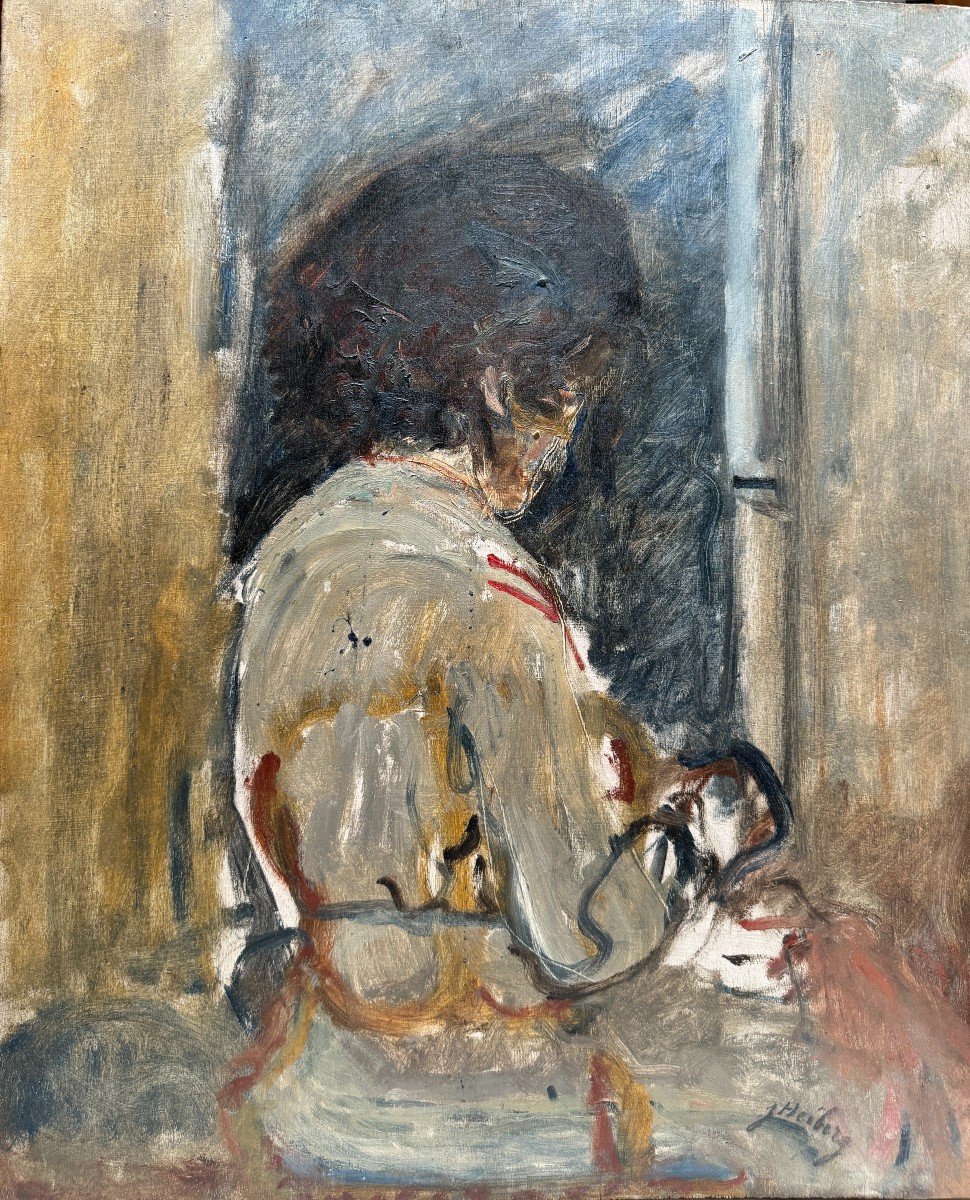









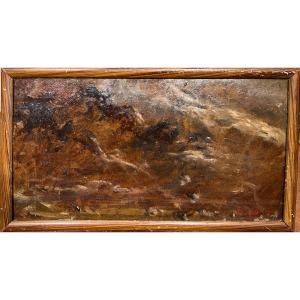
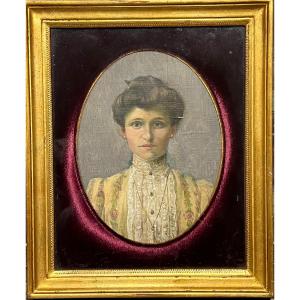
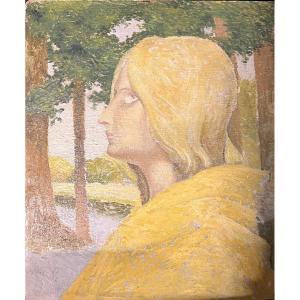
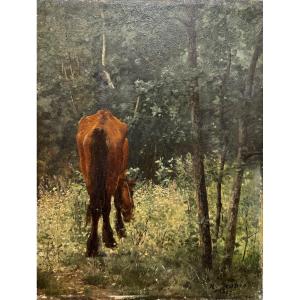
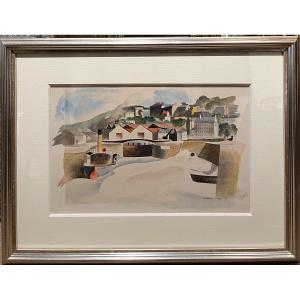

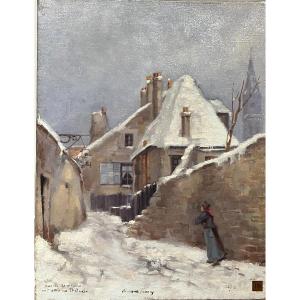
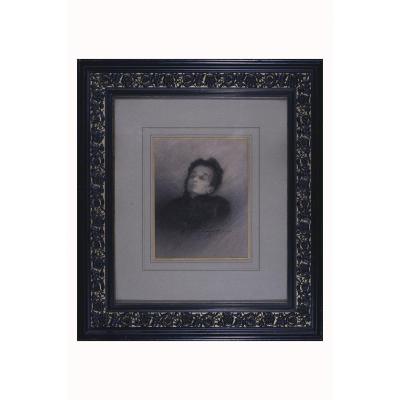
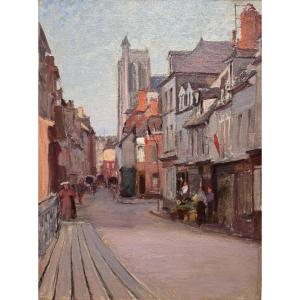
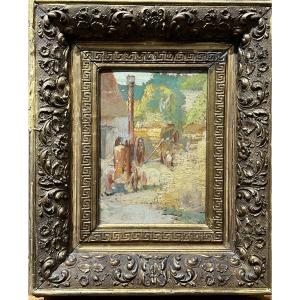
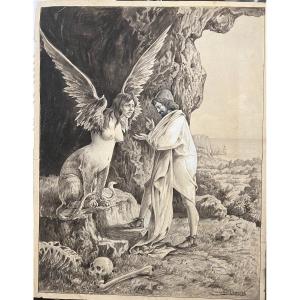
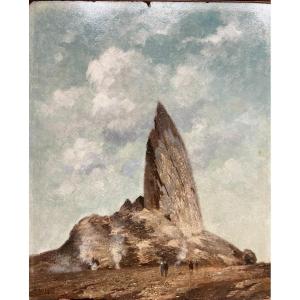
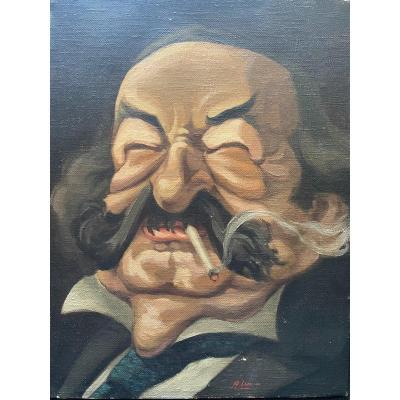
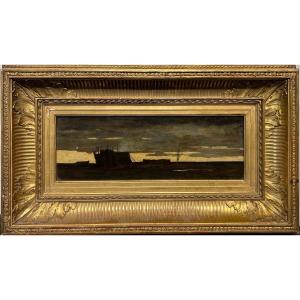

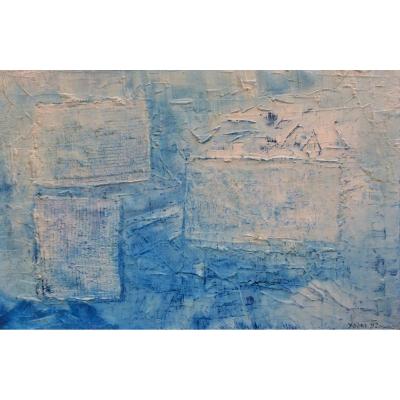

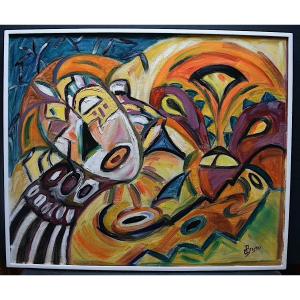




 Le Magazine de PROANTIC
Le Magazine de PROANTIC TRÉSORS Magazine
TRÉSORS Magazine Rivista Artiquariato
Rivista Artiquariato